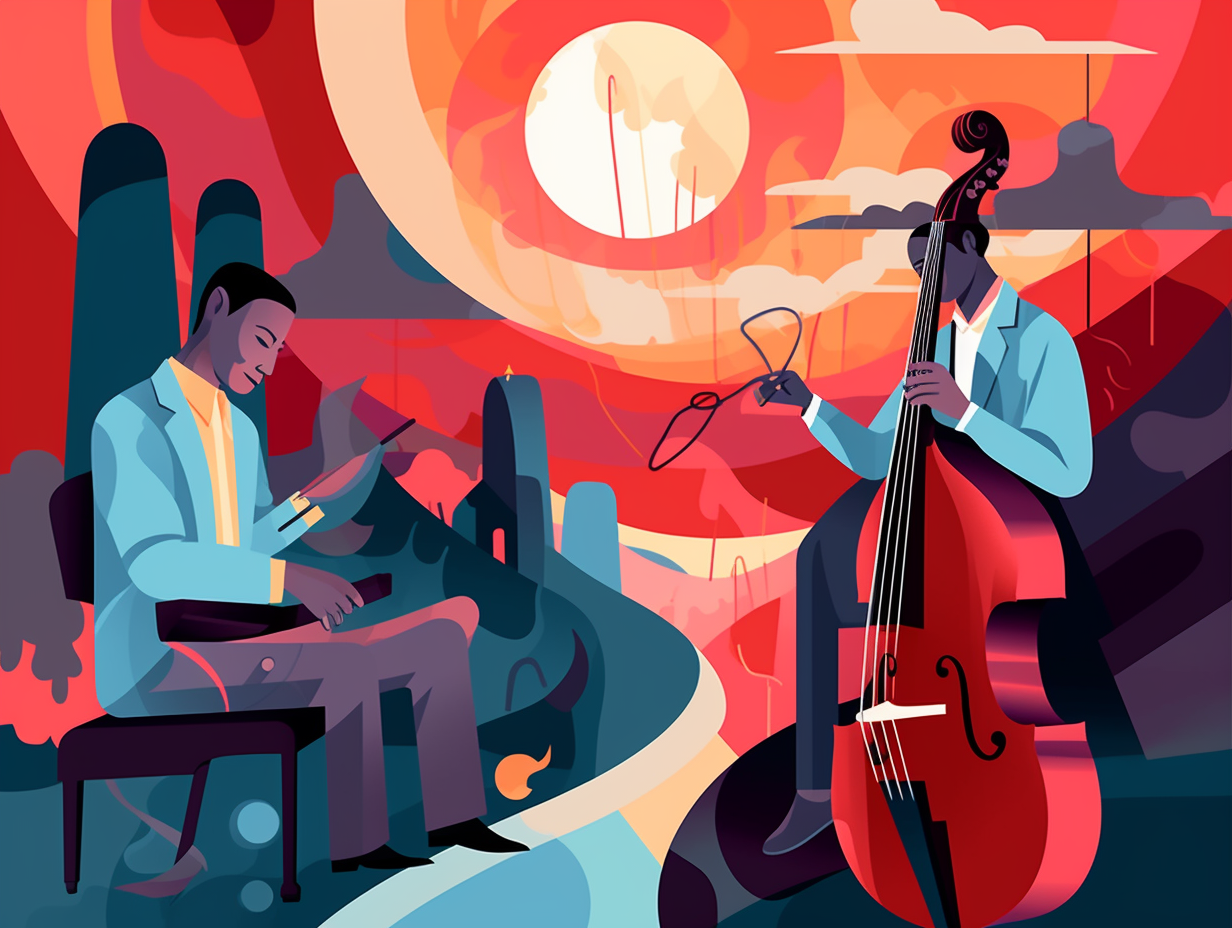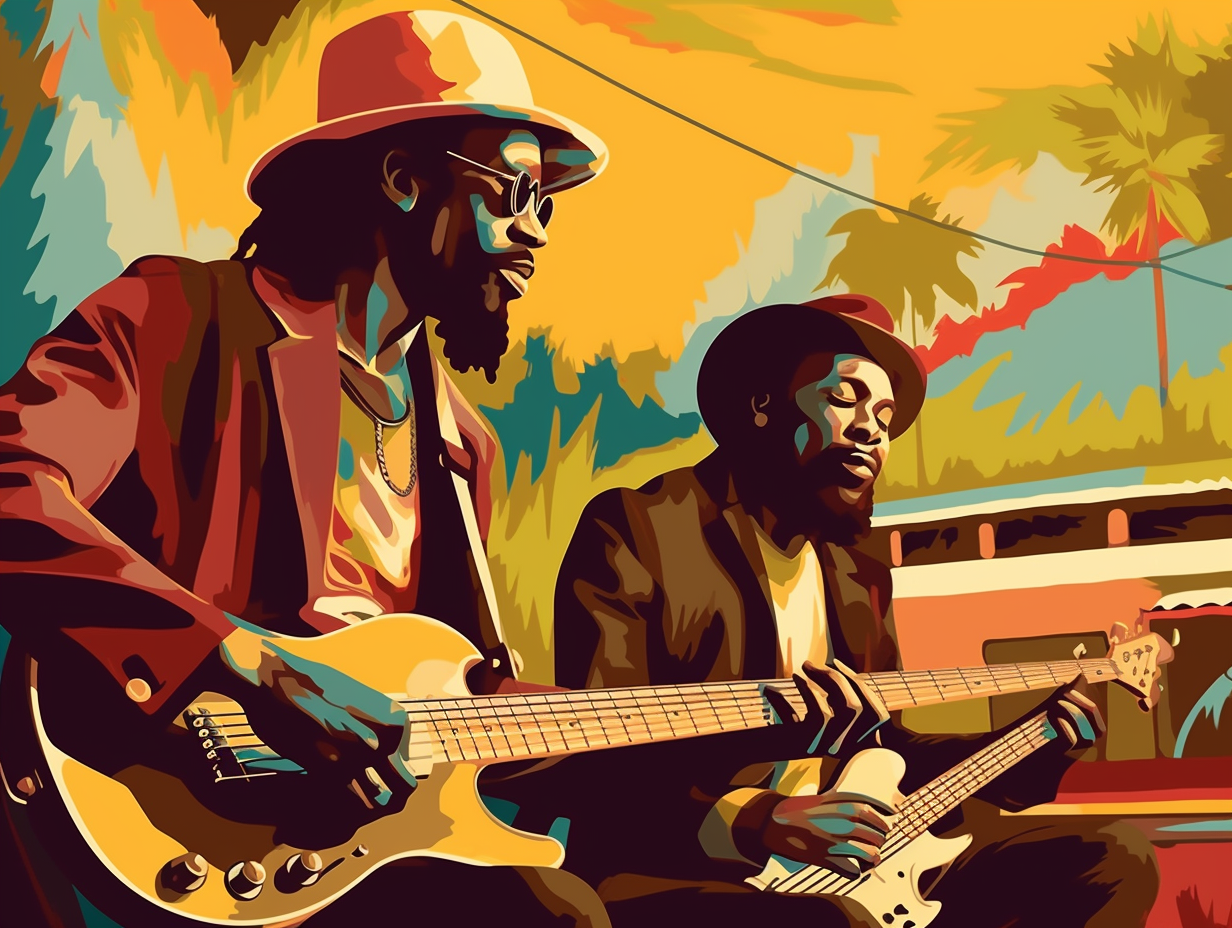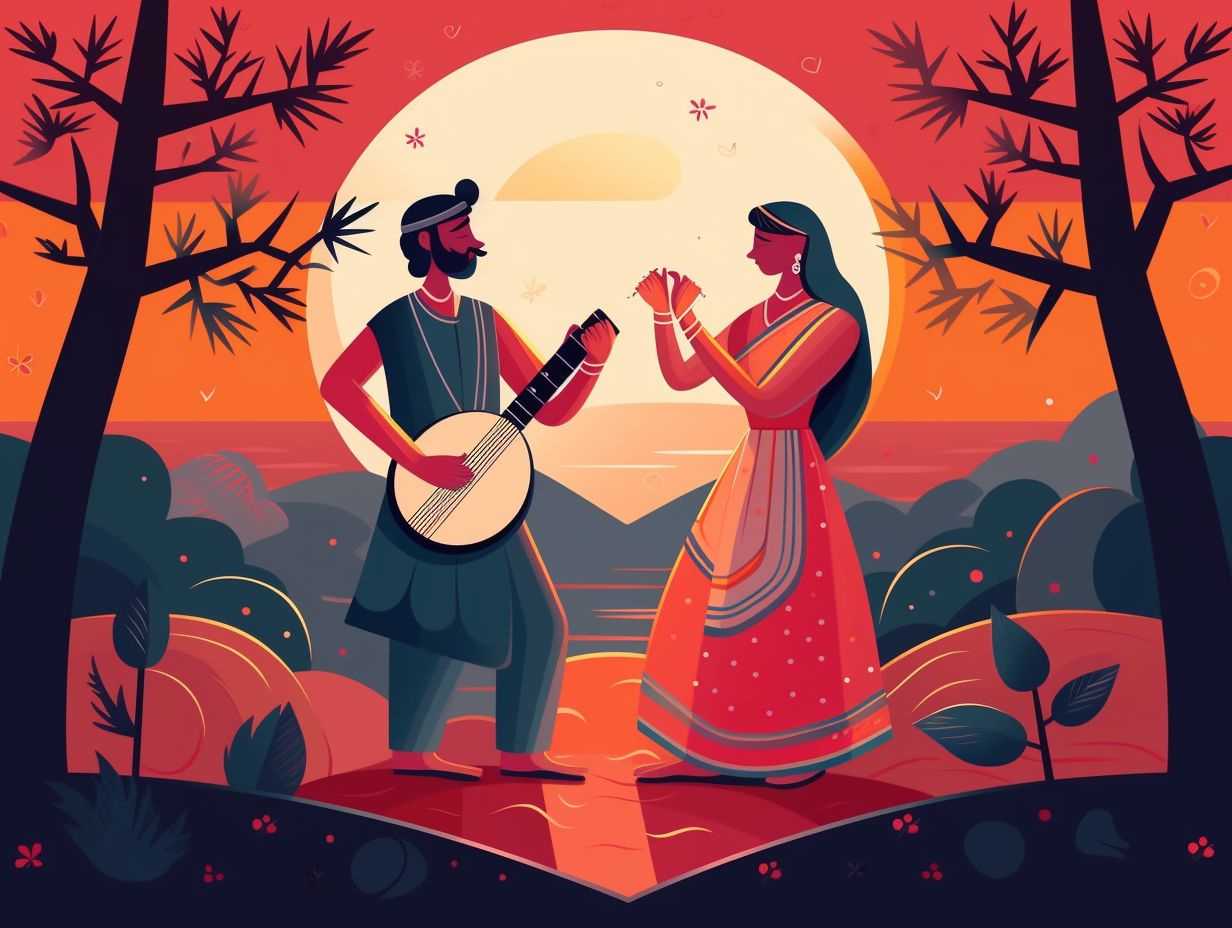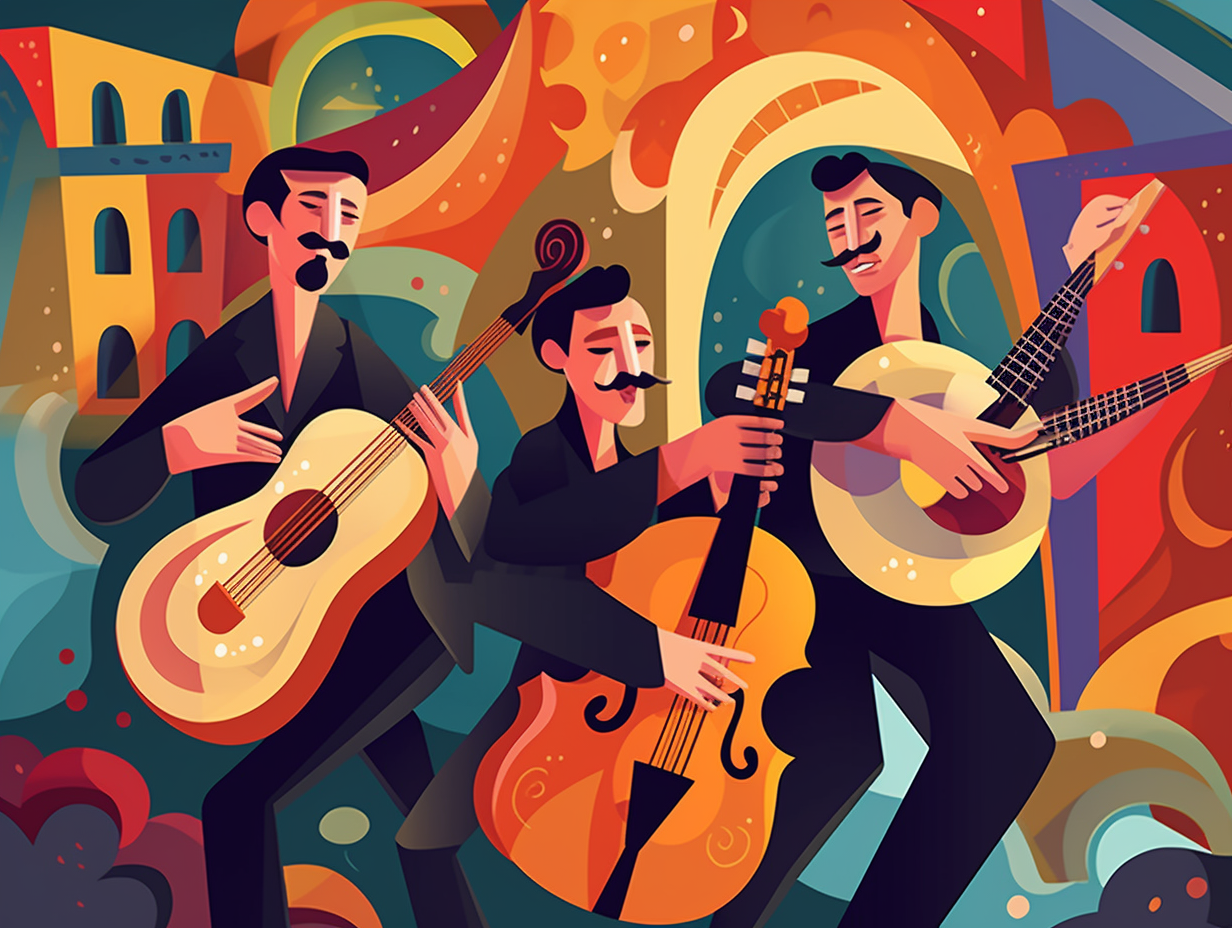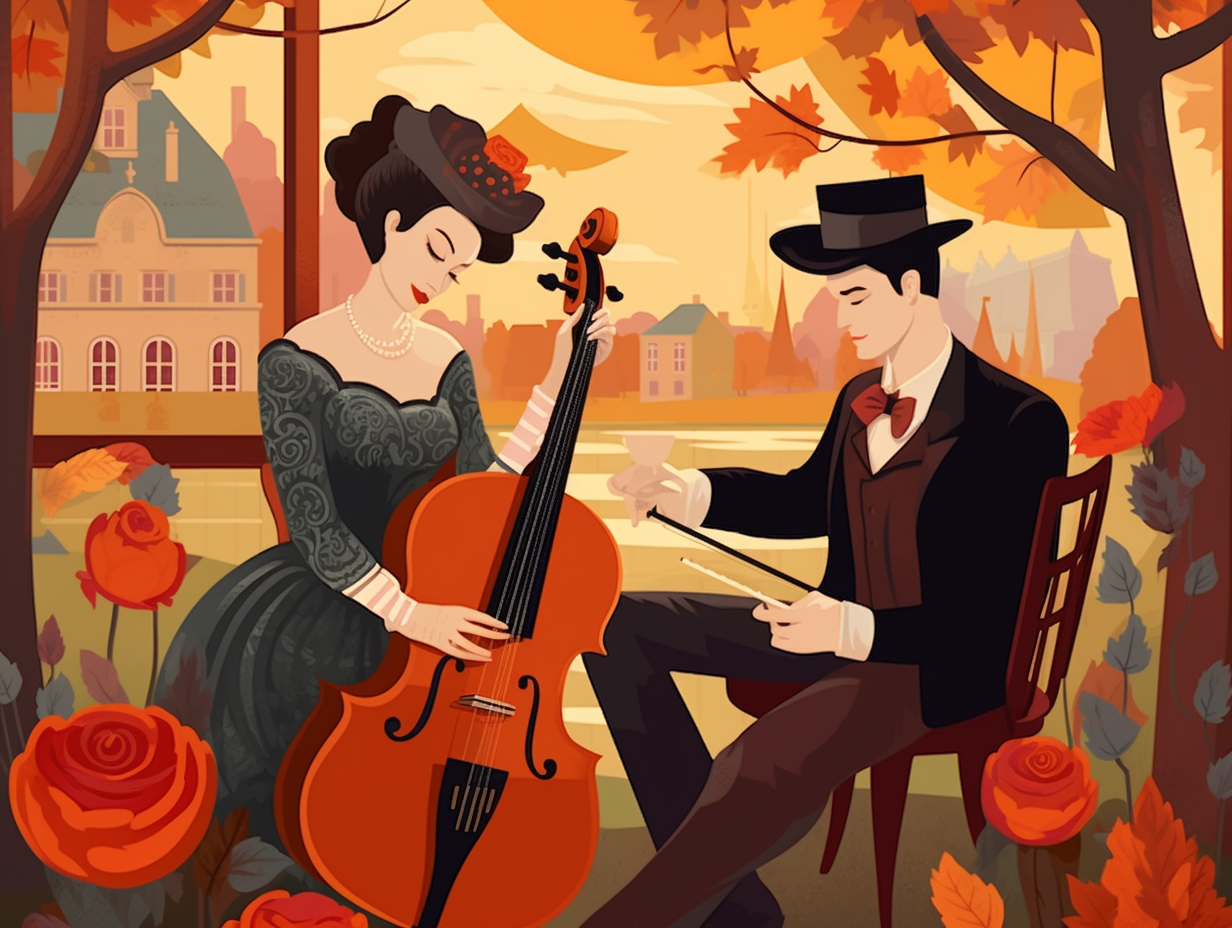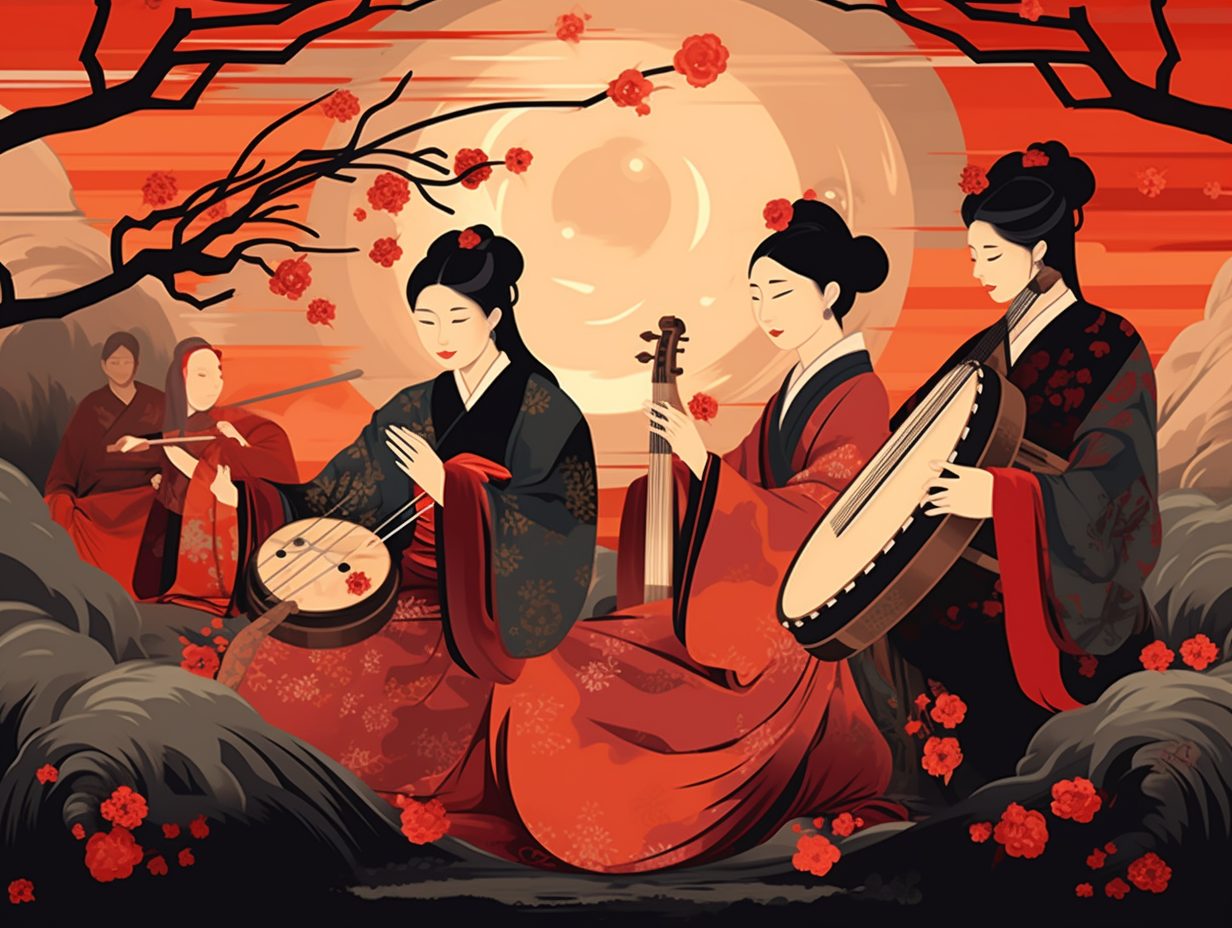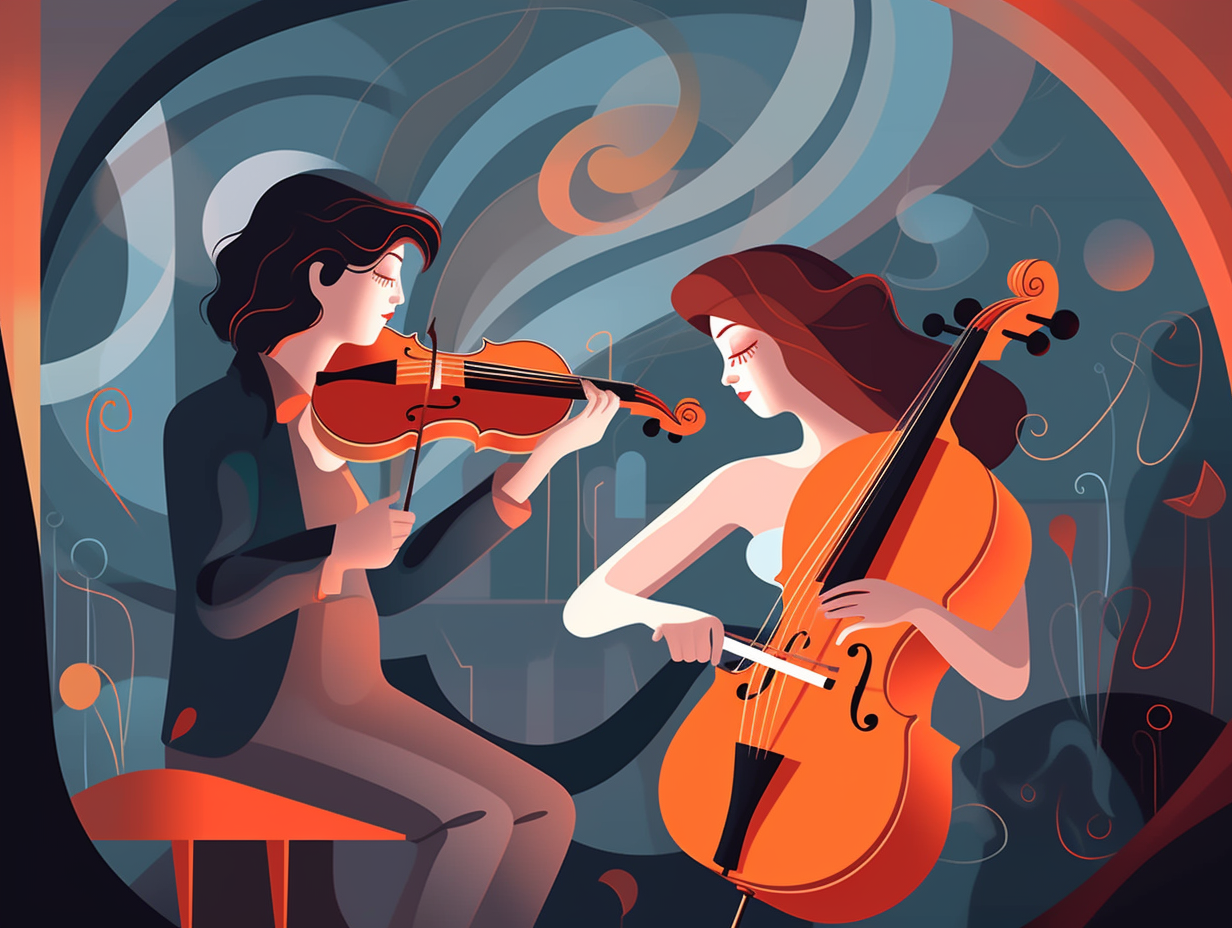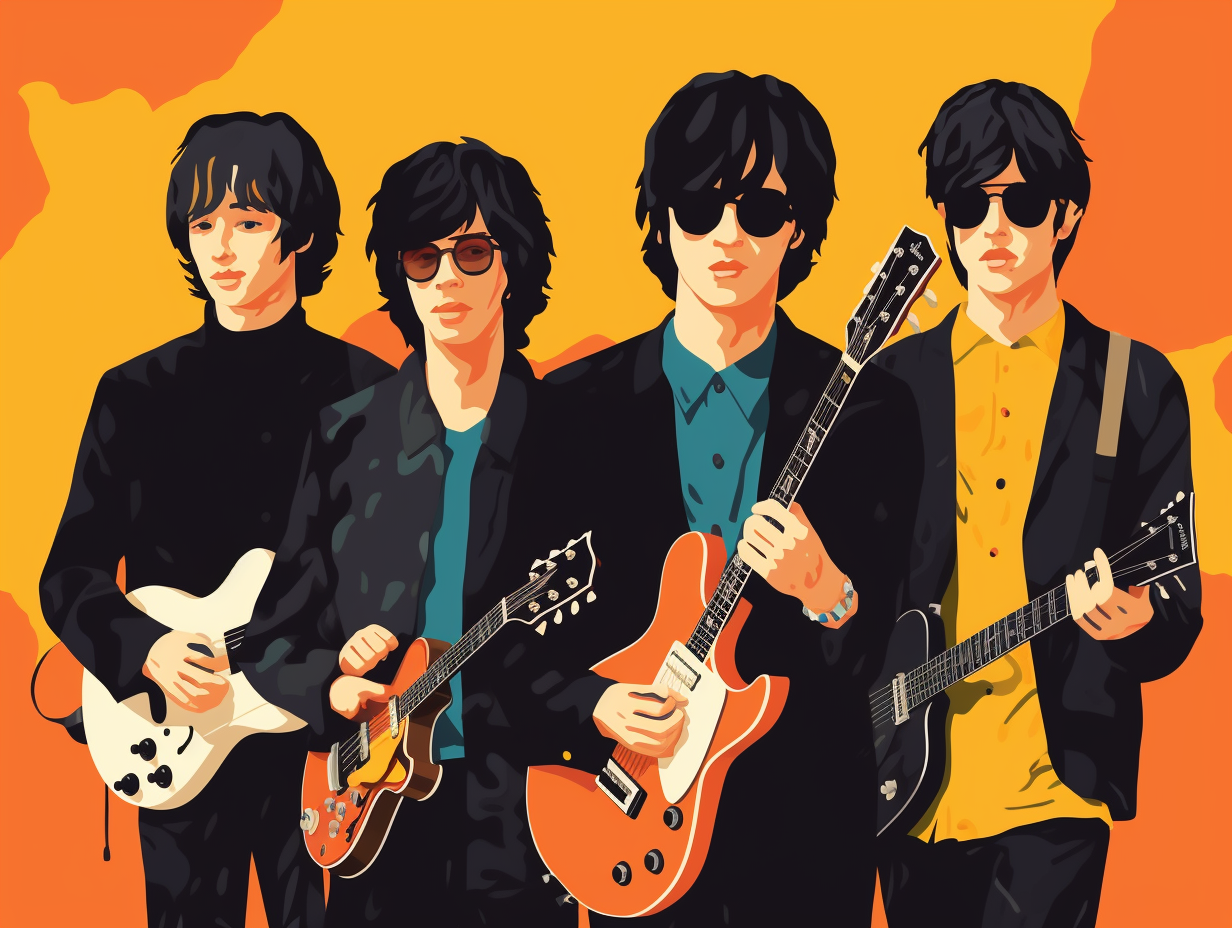Discover the Rhythms of Africa: Top 13 Fun Facts About African Music You Won't Believe!
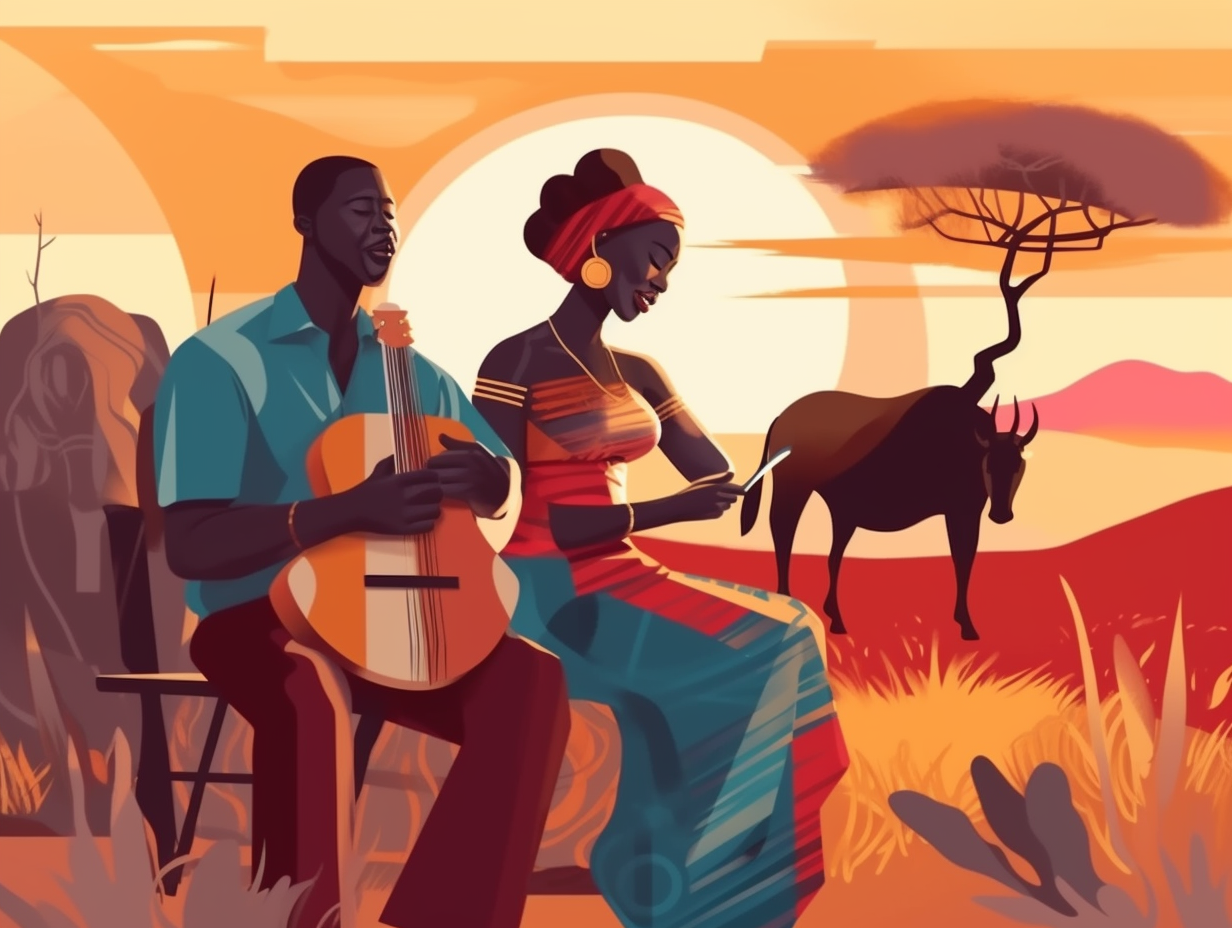
1. Groove Phones: Talking Drums
Before smartphones, there were "groove phones": Talking drums in West Africa used for communication over long distances! These ancient hourglass-shaped party line devices have two connected drumheads that could change pitch, allowing skilled players to relay messages up to 5 miles away through rhythmic drum talk. Beats sending a text, right? The serious reveal: Although unable to mimic human speech exactly, talking drums effectively capture pitch, volume, and rhythm, making them a crucial part of West African culture and one of the oldest communication tools on record.
Source => en.wikipedia.org
2. Mbira: Zimbabwe's Plucking Sensation
If you've ever wanted to tickle some metal tines to make sweet melodies, look no further than Zimbabwe's own musical sensation, the Mbira: a traditional instrument that has been bringing pleasant plucking to the Shona people's thumbs for thousands of years. As a wooden board with staggered metal tines, this versatile wonder has been enchanting audiences at religious ceremonies, weddings, and social gatherings all over Eastern and Southern Africa. And let's not get it twisted with the kalimba – the mbira is the real deal and has even earned a spot on UNESCO's Representative List of the Intangible Cultural Heritage of Humanity. Now that's plucking amazing!
Source => en.wikipedia.org
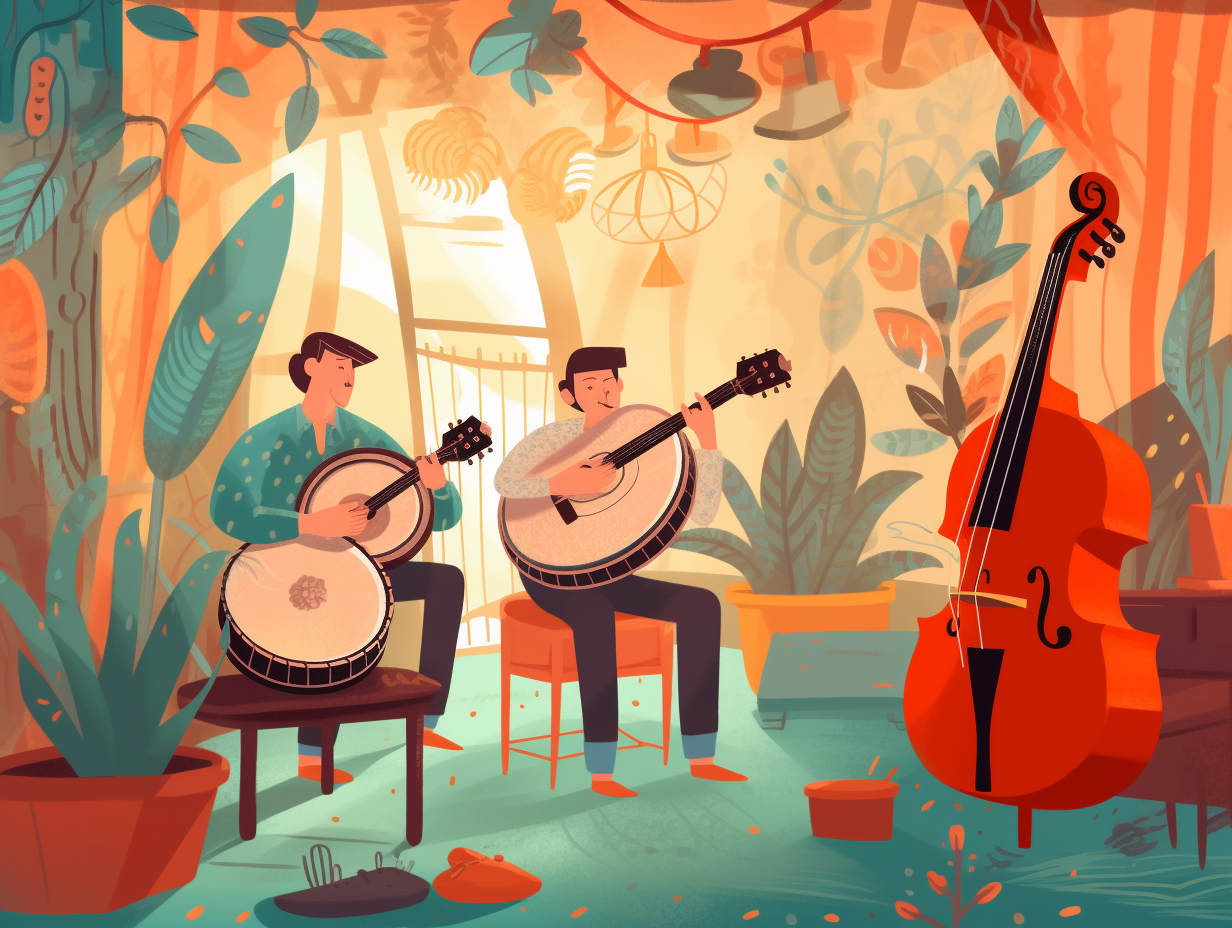
Discover the fascinating world of the hydraulis, the ancient ancestor of the church organ, invented in 3rd century BCE. Uncover its unique bird imitations, Vocal Memnon solos, and how water-powered technology paved the way for future keyboard instruments. Dive into a harmonious history with a visit to Greece's Archaeological Museum of Dion. 🎹💦🎶
=> Fun Facts about Instruments
3. Djembe: The Spirit-filled Drum
Who you gonna call? Djembe busters! This African drum will make you feel like you're summoning spirits with every beat: Created from a single piece of hardwood and topped with an animal skin, the djembe is believed to carry three spirits within it – the spirit of the tree, the spirit of the animal, and the spirit of the person who crafted it. Traditionally, only specific families could play this powerful instrument during sacred events like rituals, weddings, and funerals, making for some seriously spirited entertainment.
Source => drumconnection.com
4. Dùndún: The Language-mimicking Drum
Drumroll, please, or rather, drum-talk: the Yoruba people of Nigeria have designed their dùndún, an hourglass-shaped talking drum, to mimic their language's tonal patterns by altering tension cords, creating a one-of-a-kind musical and linguistic phenomenon.
Source => frontiersin.org
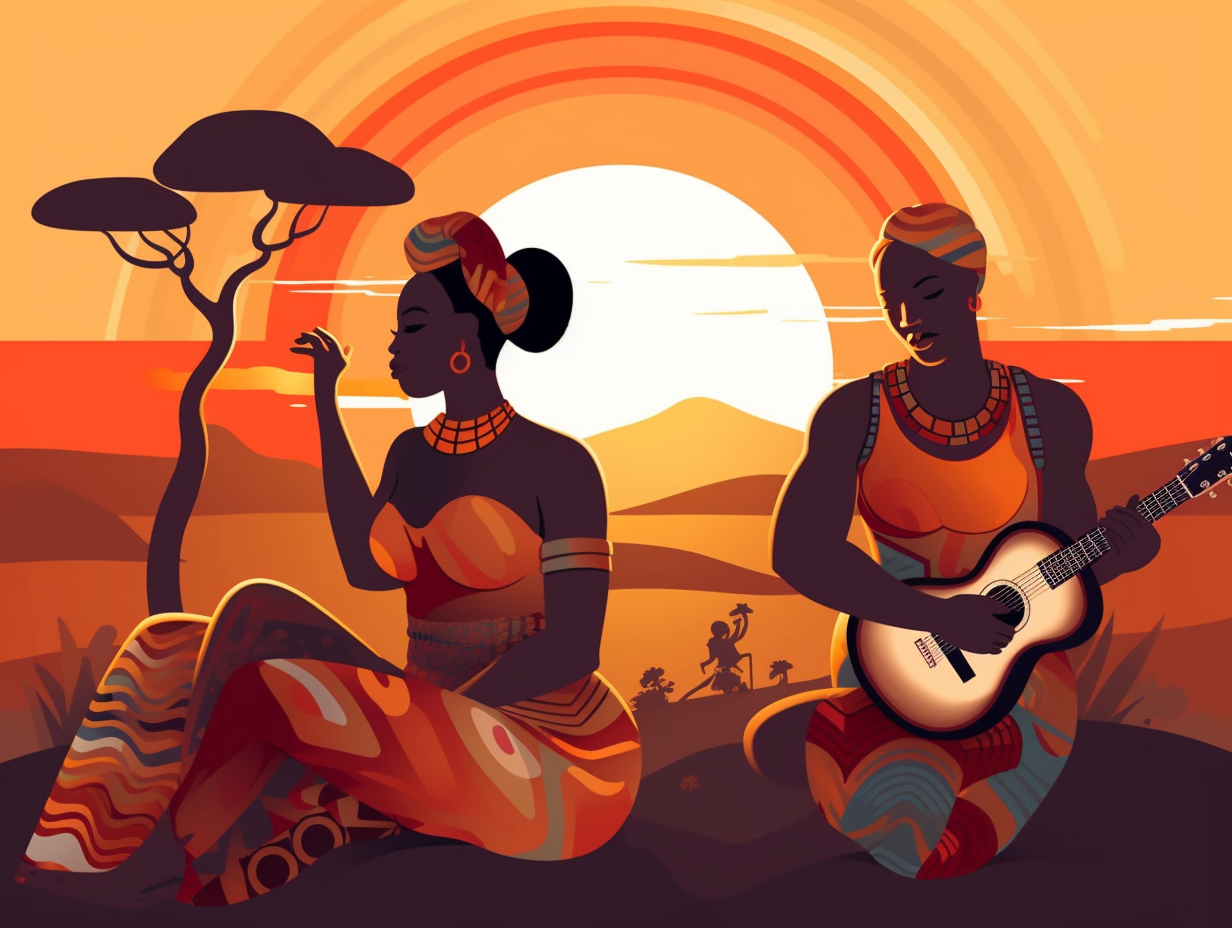
5. Polyrhythms and Storytelling: African Music Uniqueness
Get ready to dance to the beat of a different drum – or several different drums, xylophones, and more: African music boasts an incredible array of instruments, interwoven polyrhythms, and patterns, embracing the beauty of movements instead of just sticking to a central note or chord like its Western counterpart. Additionally, call-and-response and the importance of griots give African music a unique storytelling twist that'll keep you grooving and learning at the same time!
Source => pressbooks.cuny.edu
6. Kora: The West African Harp Lute
If the guitar lute family attended a reunion, the West African kora would likely be the life of the party, dazzling everyone with its 21-string musical prowess: This show-stealing harp lute hails from the Mande culture across Senegal, Gambia, Mali, Guinea, and Ivory Coast and is traditionally strummed by griots or storytellers. Each of its cousins, like the bororo and donsonkoni, has distinct traits and origins, but all of them share their West African roots and an unmistakable knack for bringing the groove to pop, world, and jazz tunes.
Source => asza.com
7. Lamellophones: The Vibrating Plate Masters
Ever tried tickling a plate for sweet tunes? You might just have what it takes to be an African lamellophone master: African music boasts a host of unique instruments like the mbira, sanza, kisanji, likembe, kalimba, and kongoma, which create sounds through vibrating plates called lamellae that are plucked with fingers or fingernails, resulting in a delightfully unparalleled listening experience.
Source => en.wikipedia.org
8. Ogene Bell: The Warrior's Rally Cry
Before the Avengers assembled, our Nigerian warriors had the Ogene bell on their side: This adrenaline-pumping instrument from the Igbo culture was used to rally warriors into battle with its deep, resonant notes, while also doubling as a town crier's tool to spread information in Eastern Nigeria.
Source => yagbeonilu.com
9. Balafon: The Overlooked Wooden Wonder
While marimbas gather fame like a Kanye West Twitter rant, Africa's got talent hiding in the Balafon's wooden keys: This often overlooked idiophone, created by the Mandinka ethnic group in the 12th century, features up to 21 keys and delights listeners with its rich, vibrant tones in African Roots and World Music.
Source => en.wikipedia.org
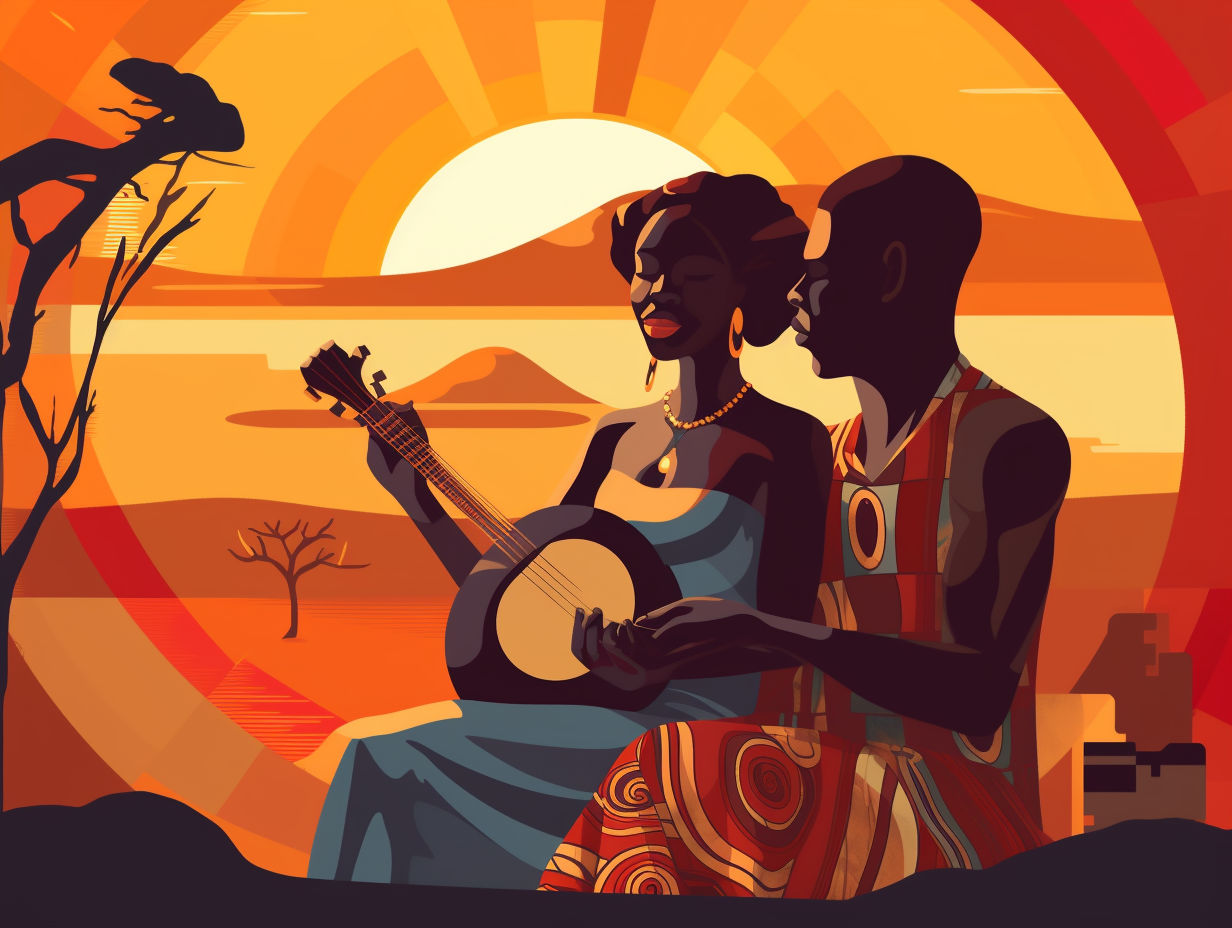
10. Kora Harp: Griots' String-tastic Tales
When it's time to drop some sick strings and spill the (gri)ots: the kora harp, a 21-stringed wonder of West Africa, is the go-to for Mali's jali peeps in weaving tales and sharing oral history with a unique blend of rhythmic-melodic articulations that continue to inspire contemporary tunes!
Source => ragajunglism.org
11. Agbekor: From War Dance to Cultural Presentation
Sure to put a little extra "beat" in your heart, Agbekor is the ancient music and dance style that started as a versatile war dance but now moonlights as a cultural presentation: Originating from the West African Ewe and Fon peoples, Agbekor is characterized by its polyrhythmic interactions and was once performed by ancestors before going into battle. Nowadays, it's delighting audiences primarily through the people of Dzogadze, a farming community in Ghana, with "Hatsiatsia" songs occasionally making a guest appearance during the performance.
Source => en.wikipedia.org
12. Sakara: The Goat-skinned Clay Drum
Say goat-bye to your everyday drumming: The Nigerian sakara frame drum features a solid clay frame wrapped in West African goat skin, and is played using traditional hand drum techniques. Measuring a mere 6 to 7 inches in diameter, this portable powerhouse can be tuned with wooden spears and even adjusted by rubbing a wet hand on the skin, resulting in a delightful symphony of diverse sound textures.
Source => djembedirect.com
13. Africa's Dance Floor: 3000 Grooving Tribes
If Africa were a dance floor, it'd be packed with over 3,000 grooving tribes, busting a move with rhythms ranging from the sizzling Semba of Angola to the sashaying Soukous of the Democratic Republic of Congo, ensuring no wallflowers in sight: There are over 17 popular African music genres showcasing the continent's rich and diverse musical heritage, although not every tribe has its own unique music style.
Source => promusicianhub.com
Related Fun Facts



